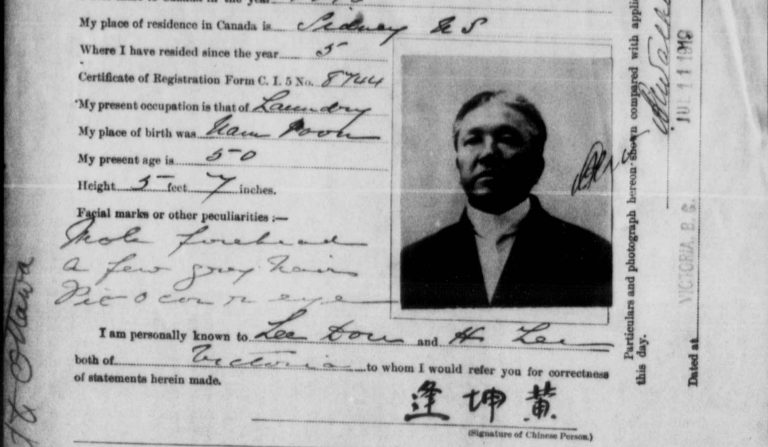Did you know that there are immense benefits to knowing your family history? Psychologists have found that children who know their family history have a stronger sense of self and are more resilient in the face of difficulties. Dr. Duke and Dr. Fivush developed a “Do You Know” scale that comprised 20 questions and interviewed children of more than 4 dozen families. Their research found that children who knew more about their family history were able to moderate the effects of stress better, especially after having gone through traumatic events (Feiler, 2013).
Growing up, my papa regaled us with tales from times past. His stories evoked the tranquil kampong life in Singapore, where his parents struggled to bring up 9 children in a rattan house that leaked each time it rained. He impressed on us what it meant to be raised by an entire village and the importance of family ties, describing the bumpy roads on their yearly trip to visit his grandparents in Malaysia. As I transitioned into adulthood, these stories helped me to stay resilient in the face of challenges. I mean, getting through some difficult exams was incomparable to living in a house that constantly leaks!
Storytelling is one of the easiest ways to help children develop an understanding of their family history. However, if you find storytelling challenging or want more hands-on activities to occupy your children, here are 9 fun activities that are sure to be a hit.
For Children Aged 5-12
Tip #1: Create A Family History Museum
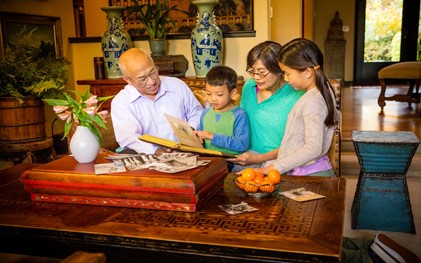
One of the best ways to get young children interested is to engage them in play and allow them to unleash their creative sides. To get started, decide on where your family museum will be in your house. Next, assemble a list of family memorabilia, and ask your children to look for items that symbolise family to them. This can include your family pictures, heirlooms (preferably unbreakable), favourite family snacks, lego etc. You could even get your artsy kids to create a replica of an heirloom using playdough. Once completed, assemble these items either in the living room, glass cabinet or a cozy part of your home. Not only will they be a daily reminder of your family roots, they will also be a powerful message to your children, that their work is honoured and appreciated.
Tip #2: Draw Your Family Tree

If your kids are into artwork, drawing your family tree together is the perfect way to help them understand their family history! For younger kids, ask them to draw in family members’ faces using crayons and colour pencils, or cut out photographs for a beautiful collage. For kids aged 9 and above, make the task more advanced by asking them to add in dates of important events in the family (e.g. When did grandpa and grandma get married? When did they buy their first family home?). This will require them to interview yeh yeh and nai nai/ gong gong and popo. Such conversations will also help them to learn more about the family along the way! For more tech-savvy kids aged 12-14, get them to use our free family tree software, where they can add dates, attach photographs and write detailed biographies of their family.
Tip #3: Learn to Write Your Name in Chinese
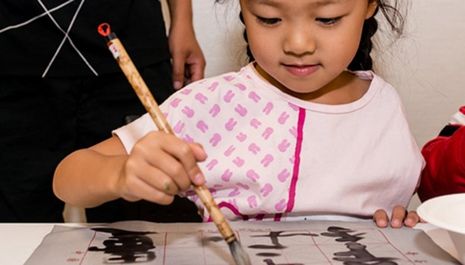
Chinese names have great significance as they symbolise parents’ hopes and wishes for their child. Teaching your child to write their name in Chinese is a powerful way to help them build their identity, and is the perfect time to affirm them and tell them how precious they are to you! If your child does not have a Chinese name, our translators can help carefully select names that match the rest of your family history. Get in touch for more info!
There are many YouTube videos on how to write Chinese names, but to make more of an occasion out of it, grab some large mahjong paper and paint brushes ready for a calligraphy session! Practicing traditional calligraphy with your children will not only occupy their time but can be a fun way to introduce them to the beauty of the Chinese language and the meaning of their Chinese names. Alternatively, sign them up for calligraphy classes and let the experts explain more about this traditional art form. The final piece will also be a nice centerpiece on your family wall.
Tip #4: It’s Time To Get Scrapbooking
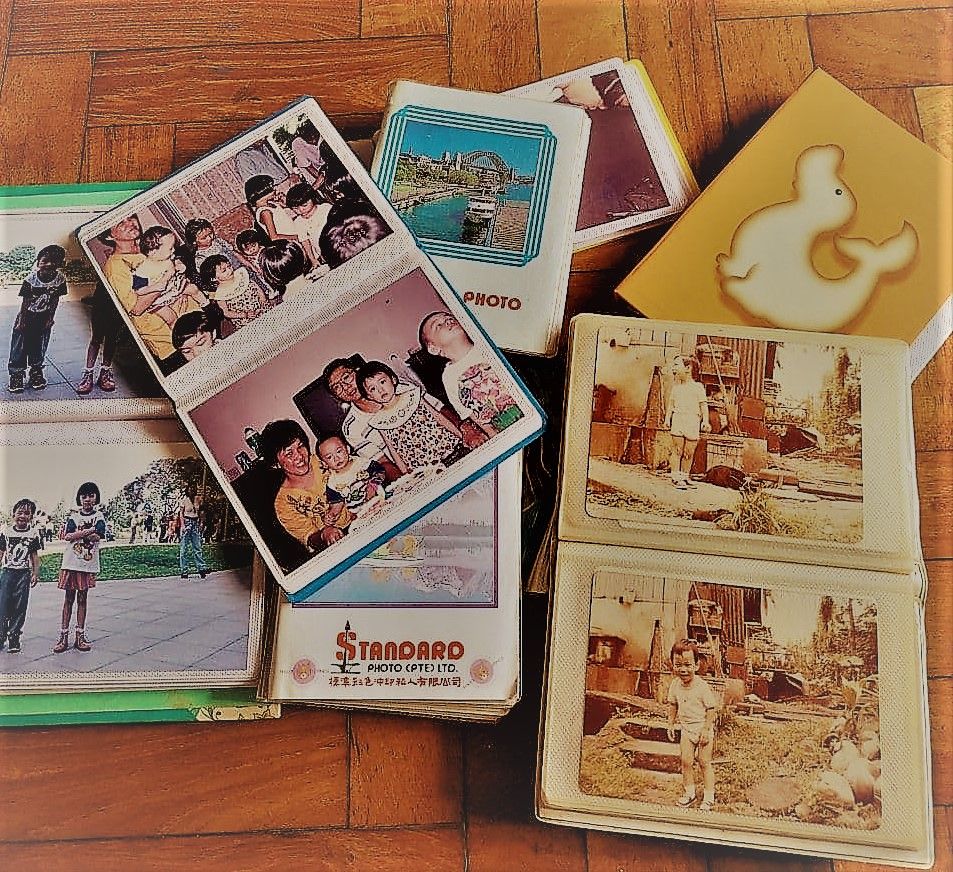
If you are like me and have hundreds of photo albums lying around, getting your kids to co-design the family scrapbook can be a neat way to get those photographs organized. This can become an heirloom to pass on to future generations. Assign the following tasks to your kids according to their age:
- Paint the family surname on the cover/ first page of the scrapbook and add a short write-up of your surname’s meaning. Ask older kids to investigate our Surnames database to extract relevant information to include it on the scrapbook.
- Print a recent family photo and write a short biography of each family member.
- Paste old and recent photos of grandparents, captioned with their most memorable quotes.
- Take pictures of the family’s favourite foods and attach recipes. (You definitely don’t want to forget that impeccable congee recipe!)
- For added family fun, get your teens to dress up and recreate an iconic childhood photo!
Tip #5: Organize a Cemetery Tour and QingMing Picnic
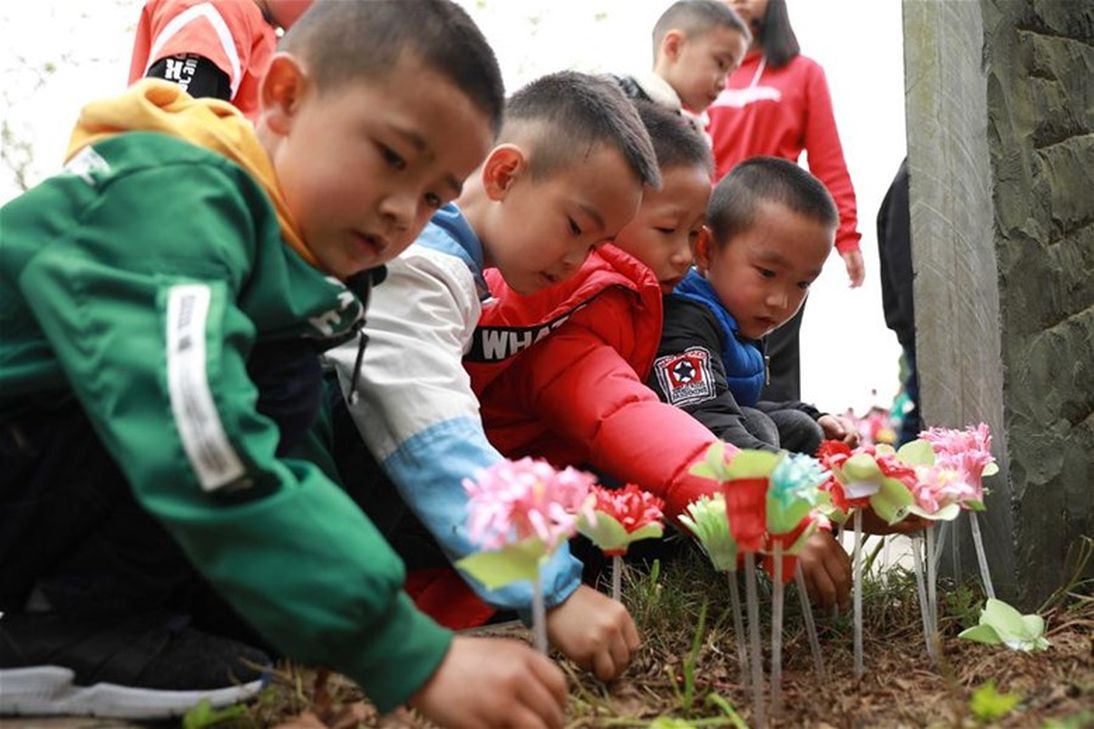
One of the most important traditional Chinese festivals is Ching Ming (tomb-sweeping Festival). Although it is often a solemn event, here are ways to make it more meaningful and accessible to your kids:
- Get them involved in the preparations, such as purchasing cleaning materials, flowers, or snacks for the day. Let them choose where to get the roast pork or whole chicken, if that’s a tradition in your family!
- Ask older children to prepare snacks and pack the picnic bag.
- Get younger children to assemble a pretty bouquet to place on the tomb(s) of your relative(s).
- Entrust your children with searching for their relatives’ tombstones and taking pictures of any interesting inscriptions or quotes found on the tombs.
Tip #6: Learn your Family’s Dialect
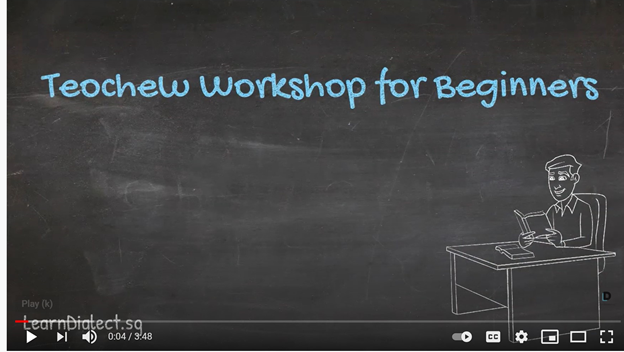
Many people believe that language is a window into a person’s culture. If you know your dialect, teaching it to your kids can be a wonderful way to connect them to their roots. Alternatively, get them to spend some time with a relative or grandparent who speaks the dialect. This will create a special connection that will hold greater significance as they grow up. If these are not possible options for you, you could design language cards to teach them a few simple words or search for cartoons they can watch on YouTube in your ancestral dialect.
For Children aged 13-18
Tip #7: Create a Family History TikTok

Most teens today are knee-deep in the world of TikTok. Besides being an avenue to show off your dance skills, TikTok is a space where teens can document their interests and daily life with family. Get them to re-create the wholesome Chinese Family Tree tiktok that went viral in 2019, or challenge them with the task of creating an interview series with their grandparents. Have them come up with quirky or intimate questions, such as:
- What made you fall in love with popo/nai nai?
- What is one food you cannot live without?
- What is the weirdest thing you have ever done in your life?
Before you know it, you’ll have a TikTok sensation in the making!
Tip #8: Family Vlog – Day Trip to Your Grandparents’ Hangouts
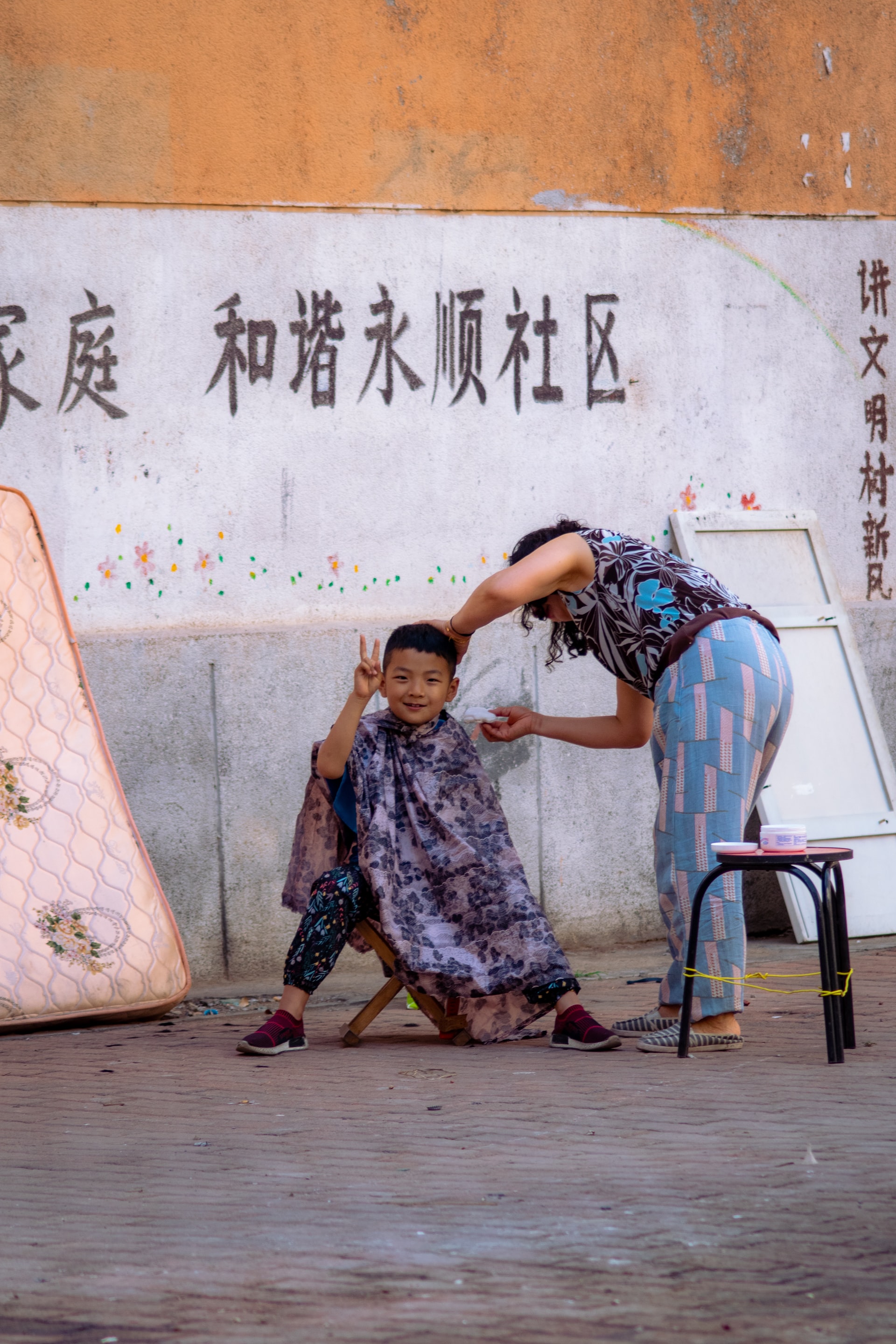
Sick of staying home and not sure where to bring your teens for a fun day out? Organize a day trip down memory lane: take them to see see how the family home looks like today, or to sample the food at grandpa’s fave cafe, or to see if his and grandma’s dating hotspots still exist. Bring along grandparents for added fun! Get your teens to record the entire day on their Instagram reel, as a memento they can treasure when they have families of their own.
Tip #9: Plan an International Trip with My China Roots
Do you have teens itching to explore the world? A roots trip to your family’s ancestral place in China can be a particularly meaningful journey, exposing your children to a culture that is at once foreign yet familiar. This can spark a greater understanding of your ancestors’ traditions, way of life, as well as an appreciation of your family’s history. Teens can help co-plan the itinerary, giving them a sense of ownership and helping to increase the sense of excitement for the trip. If you need help with travel arrangements, My China Roots offers customized tours to your ancestral place, or virtual tours if you can’t travel.

When he was diagnosed with cancer, our 14 year-old son had one wish: to visit China, the land of his great-grandfather. Our trip led us to reconnect with family not only in China, but also in England and Canada!
Sydoni Yee, Warren’s mum
If you want your kids to keep practicing their Chinese, why not kick-start a precious pen-pal relationship between your teen and a youth currently living in the village? This can be a great way to help them feel connected to their Chinese culture, especially if they struggle to see the relevance of understanding Chinese heritage today.
Have Other Ideas?
Have you organized any activities for your kids to get them interested in their Chinese family history? How did it go and what were the most popular activities? Let us know in the comments!

Find your ancestral village and connect with Chinese relatives!
If you are interested in finding your ancestral village and connecting with relatives in China, we would love to be of assistance. Our global team of researchers has helped hundreds of families discover their Chinese roots. Learn more about our services or go ahead and get in touch!
With the global pandemic, My China Roots is offering virtual tours packaged with our research trips to your ancestral village. Check out a demo here!



